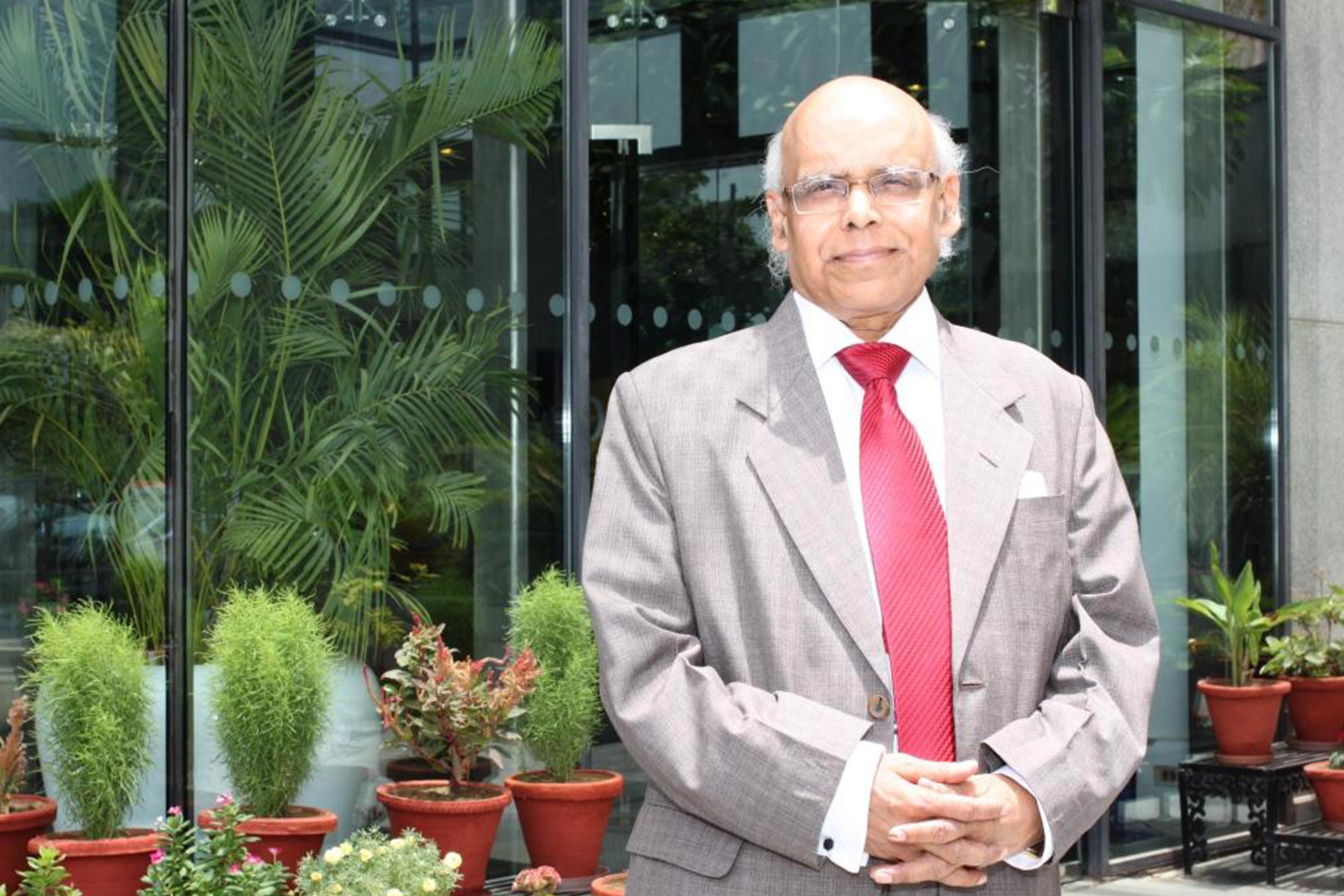EY refers to the global organization, and may refer to one or more, of the member firms of Ernst & Young Global Limited, each of which is a separate legal entity. Ernst & Young Global Limited, a UK company limited by guarantee, does not provide services to clients.
How EY can help
-
Our tax policy professionals can help you stay ahead of potential tax changes, better manage tax risk and understand key tax trends. Find out more.
Read more
The FY24 budget would pertain to the first genuinely normalized economy after the COVID-19 shock. Assuming a buoyancy of 1.0, GoI’s GTR may be estimated at INR34.8 lakh crore in FY24 and net tax revenue at INR24.4 lakh crore. Given these broad magnitudes, the forthcoming Budget should clearly signal restoration of fiscal consolidation while sustaining the growth momentum. We assess that reducing fiscal deficit below 5.7% of GDP in FY24 may involve an undue sacrifice of capital expenditure growth which is much needed in the context of the global slowdown and dependence of India’s growth on its domestic drivers. We estimate that with a fiscal deficit to GDP ratio of 5.7%, an expenditure growth of 6.3% would be feasible which may be differentially apportioned between revenue and capital expenditures favouring the latter.
Towards fiscal consolidation
GoI’s policy responses to the COVID-19 shock which mainly affected FY21 resulted in a sharp increase in its fiscal deficit relative to GDP to 9.2%, more than three times the FRBM norm of 3%. In the two succeeding years, fiscal deficit could be reduced to 6.7% and 6.4% of GDP respectively assuming that the budgeted fiscal deficit target for FY23 is achieved. With FY24 being the first post-COVID-19 normal year without any base effects characterizing GDP, it would be best for the GoI to spell out a convincing glide path towards fiscal consolidation.
The need for correction in government’s fiscal deficit primarily arises because of the relative profile of savings and investment relative to GDP. Financial savings plus net inflow of foreign capital provide the extent of surplus available for the potential net deficit sectors in the economy which consists of government and non-government public sector and the private sector. Household sector financial saving had averaged 7.9% of GDP during FY18 to FY20 before it increased inordinately to 11.6% in FY21 due to an upsurge in the precautionary motive in the COVID-19 year. Assuming household sector financial saving of about 8% of GDP in a normal year and net inflow of foreign capital of 2.5% of GDP, available resources for borrowing by the net deficit sectors amount to 10.5% of GDP. Providing for a fiscal deficit of 5.7% of GDP for the GoI, and 3% of GDP for the state governments, a balance of 1.8% would be available for the private corporate sector and public sector other than the government. If annual reductions of 0.7%, 0.5% and 0.5% points are targeted in the succeeding three years after FY24, GoI’s fiscal deficit would be reduced to less than 4% by FY27. By this time, a High-Powered Intergovernmental Group may be constituted as recommended by the 15th Finance Commission to examine whether the debt-deficit targets of central and state governments need to be revised relative to the 2018 FRBM norms.
Supporting growth in short and medium term
Given the relatively lower revenue growth expected in FY24, it may be best to contain the growth of revenue expenditure and continue to emphasize capital expenditure growth as it is associated with higher multipliers. While a constrained export growth will be a major challenge in FY24, domestic manufacturing needs to be encouraged by expanding the PLI list. Two favourable trends relate to the prospect of moderation of global crude prices accompanied by a fall in inflation. This may open up the possibility of reducing some of the relatively large petroleum price linked subsidies. While the GoI has already committed to an expanded free food grain scheme under PM-GKAY, some of the fertilizer and petroleum subsidies may be reduced. There may also be some scope for an increase in UED revenue which is likely to contract in FY23. Infrastructure expansion should continue to be the main priority for government expenditure while continuing to encourage Aatmanirbhar Bharat. The GoI may also need to signal its priority for employment creation. The sector that suffered the most during COVID-19 was trade, hotels, transport, storage et. al. which is employment intensive. This sector would need to be supported through government programs that generate demand specific to these segments. It would also be worthwhile considering whether the rural employment guarantee scheme should be extended to urban areas as has been done by some state governments.





